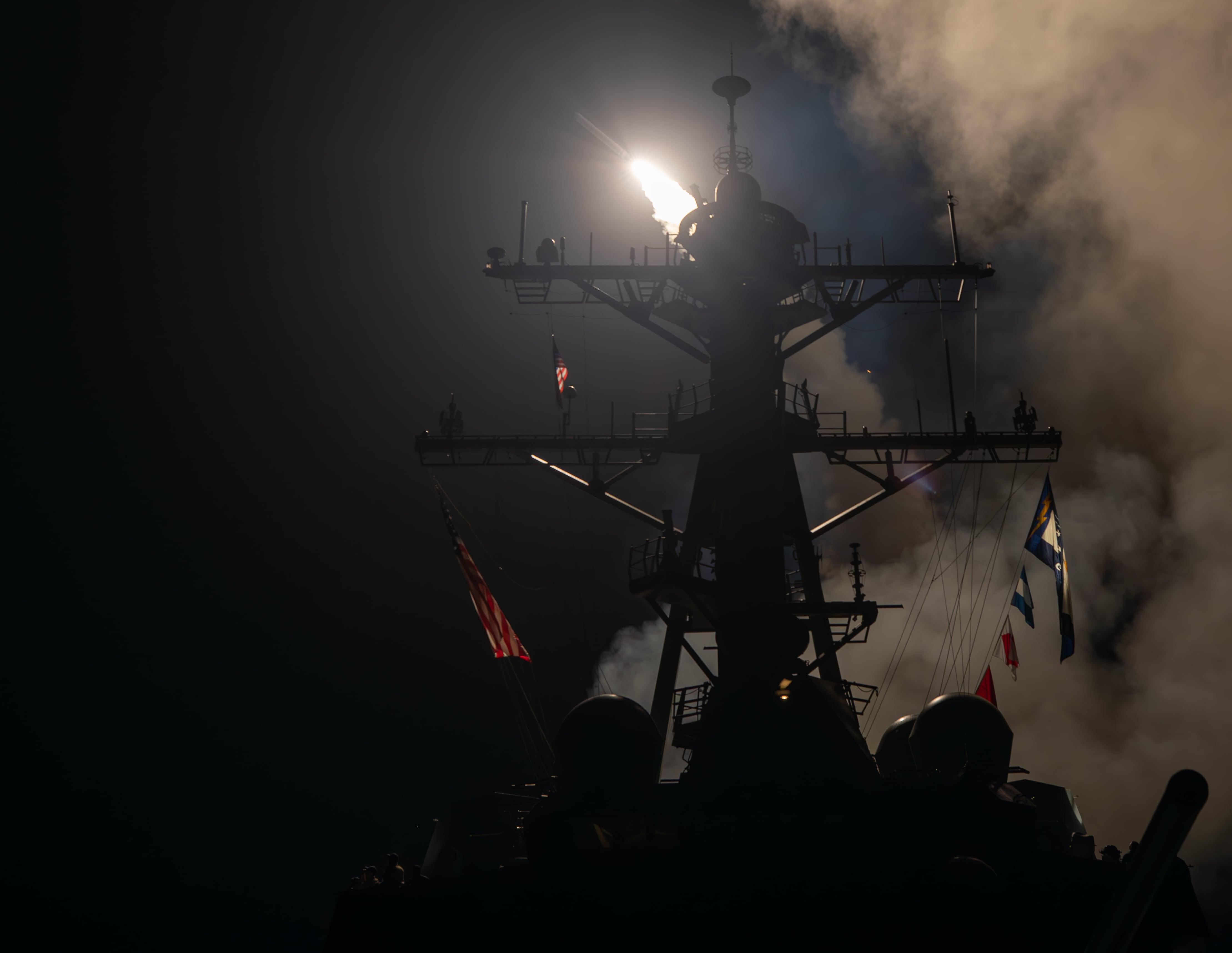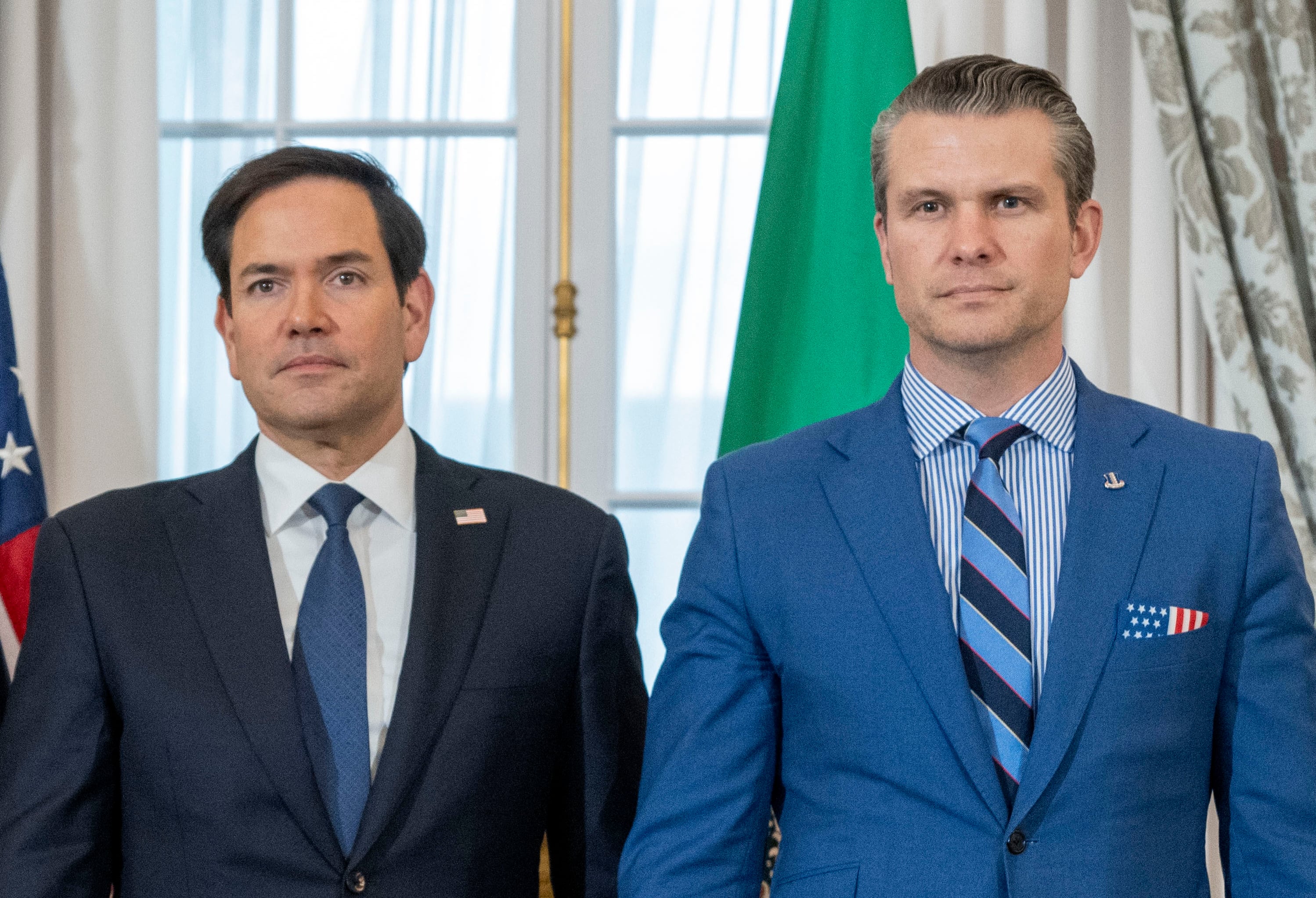The U.S. Navy sent lawmakers a $2.2 billion wish list for fiscal 2025, which includes several items that would fill in gaps that arose this year due to high-tempo operations in the Red Sea and Congress not yet passing a supplemental spending bill.
This unfunded priorities list, which supplements the Navy’s $257.6 billion FY25 budget request, asks for 13 items, ranging from repairs to infrastructure in Guam to buying another KC-130J transport plane for the Navy Reserve to accelerating classified program development.
The No. 1 priority on the list is $403 million to invest in the submarine-industrial base — something the FY25 budget already does, with $3.9 billion included in the budget request released March11.
However, the FY25 request was written assuming Congress would pass both a FY24 defense spending bill and a $105 billion national security supplemental the White House requested in October. Neither of those two had been passed into law when the FY25 budget request was released, leaving Navy officials concerned.
This unfunded priorities list notes that, absent the supplemental and its $3.3 billion to bolster the submarine-industrial base, the Navy needs $403 million in specific additional spending so that it can fully implement its FY25 plans to grow vendor capacity, support workforce development efforts and more.
The list also includes $92.9 million to address how quickly it’s been shooting Standard Missile-2 weapons to knock down Houthi-launched missiles and drones in the Red Sea since October. The militant group is based in Yemen.
This money would procure SM-2 Block III and Block IIIA/B recertification materials to address a backlog of these older missiles that need to be recertified before they can be used in combat. The Navy asked for $157 million in FY24 and $134 million in FY25 for this weapons maintenance work, but the document notes it could need to accelerate this work “based on the duration and nature of conflict in the Red Sea and other areas of responsibility.”
CLICK HERE TO SEE THE NAVY’S FY25 UNFUNDED PRIORITIES LIST
The sea service also wants $50 million to buy four more Mk 48 heavyweight torpedoes, which the document calls a top service priority for long-range maritime fires. The Navy is already working to restart production lines in support of its Mk 48 inventory, and this money would increase spares and buy new fuel tanks and electronics sections to support the fleet inventory.
Service officials cited the weapons-industrial base as another one, in addition to the submarine-industrial base, that the Navy was trying to support and that needed stable funding from FY24 into FY25.
Elsewhere in the request, the Navy asks for $208 million for aviation readiness, including four F-35C engines to support deployed carrier air wings; Super Hornet Block III upgrades; and MQ-25 Stingray carrier-based tanker drone initial deployment activities.
For the surface force, the unfunded priorities list includes $200 million meant to reduce cannibalization of parts on destroyers and in critical surface warfare systems.
The Navy asks for $75.3 million for a subsea and seabed warfare payload for the Navy’s TETRA remotely operated vehicle, which completed its critical design review in November. The FY25 budget requests just $15 million for the effort, and the additional $75 million would accelerate payload development and integration work.
It also asks for $184 million to accelerate the development of a payload for the Orca Extra Large Unmanned Undersea Vehicle. It also seeks a combined $90 million to accelerate two classified programs, COPPERFIELD and GRANDSTAND.
It wants $105.5 million to accelerate the development of communications equipment for the strategic deterrence fleet.
And it includes $109.9 million to develop and procure a Long Endurance Electronic Decoy countermeasures system. Its funding was cut from $249 million in FY24 to just $83 million in FY25.
The Navy separately requests nearly $1.5 billion in military construction projects, including upgrades and repairs to hangar facilities in Guam, a dry dock and a water treatment plant in Hawaii, and an aviation training complex in Nevada.
The defense budget is capped in FY25, due to the Fiscal Responsibility Act. If lawmakers chose to add in any items from the unfunded priorities list, they would have to offset them with cuts elsewhere in the defense budget.
Megan Eckstein is the naval warfare reporter at Defense News. She has covered military news since 2009, with a focus on U.S. Navy and Marine Corps operations, acquisition programs and budgets. She has reported from four geographic fleets and is happiest when she’s filing stories from a ship. Megan is a University of Maryland alumna.





